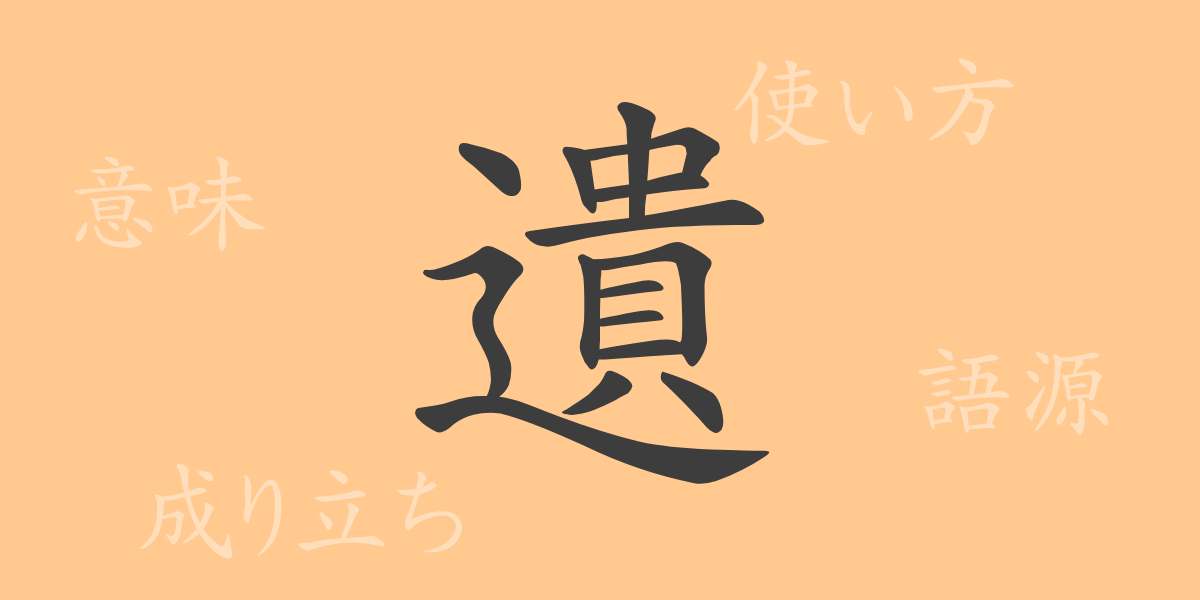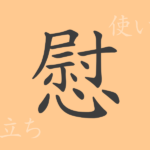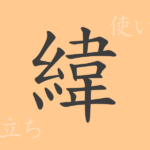“
The beauty of Japanese characters lies in their rich history and meaning. One such Kanji, ‘遺’ (I), is commonly seen in our daily lives but may not be well understood in terms of its origins and significance. This article will explore the etymology, pronunciation, meaning, and usage of ‘遺’, as well as the phrases and idioms associated with it.
Origins of 遺 (I)
The Kanji ‘遺’ originated in ancient China. Derived from pictographic symbols, it initially depicted the act of throwing clothes. Over time, it evolved to include meanings related to leaving behind or conveying something, expanding its significance through various cultures and eras.
Meaning and Usage of 遺
‘遺’ encompasses meanings such as ‘to leave behind’, ‘to bequeath’, and ‘to inherit’, as in ‘遺伝’ (inheritance). It is also used in contexts like ‘遺失’ (loss) and ‘遺言’ (will), where it pertains to losing something or leaving behind one’s will after death.
Pronunciation, Stroke Count, and Radical of 遺
Detailed information about the Kanji ‘遺’ includes:
- Pronunciation: On’yomi is ‘I’, Kun’yomi are ‘Noko-su, ‘Noko-ru’
- Stroke Count: 13 strokes
- Radical: ‘辵’ (Sinnyou), associated with movement or travel in characters
Phrases, Idioms, and Proverbs Using 遺
There are numerous phrases and idioms that incorporate ‘遺’. Here are a few examples and their meanings:
- 遺産 (Isan) – Property left by someone who has died.
- 遺言 (Igen) – A document expressing the wishes of the deceased.
- 遺伝 (Iden) – The genetic transmission of characteristics from parents to offspring.
- 遺憾 (Ikan) – Feeling of regret.
- 遺族 (Izoku) – The family of a deceased person.
Conclusion on 遺
The Kanji ‘遺’ has been deeply integrated into the lives and cultures of many people since ancient times. It plays a crucial role in our language today, especially in terms conveying legacy and intention, as seen in terms like ‘遺産’ and ‘遺言’. Understanding ‘遺’ helps us appreciate the depth of the Japanese language and the cultural significance of its script.
“

























